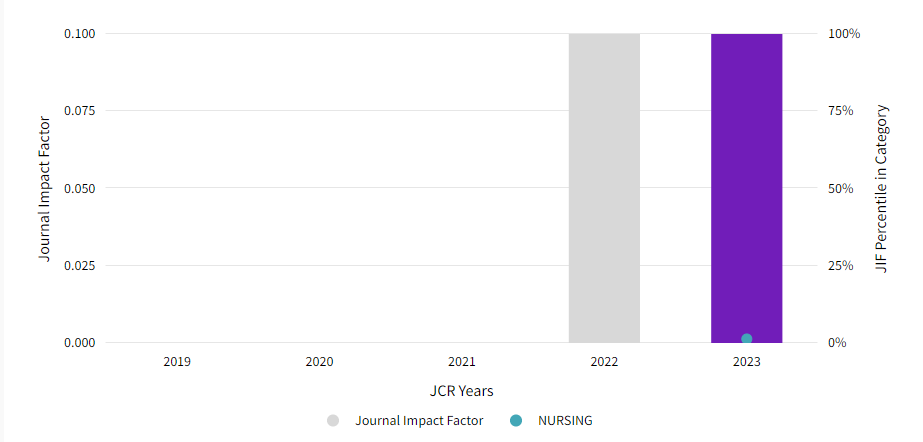EPIDEMIOLOGICAL PROFILE OF PRIMARY BLOODSTREAM INFECTIONS IN NEONATAL INTENSIVE CARE UNIT
DOI:
https://doi.org/10.9789/2175-5361.2013.v5i1.3229-3237Keywords:
unidades de terapia intensiva, neonatalogia, fatores de risco, infecção hospitalar.Abstract
Objetivo: descrever o perfil epidemiológico das infecções primárias de corrente sanguínea associadas ao cateter venoso central na Unidade de Terapia Intensiva Neonatal de um hospital no Rio de Janeiro no ano de 2010. Método: estudo descritivo e retrospectivo. Foi elaborado um banco de dados no programa Epi_info para indexação dos dados e posterior análise. Resultados: 16 recém-nascidos (RN) evoluíram para IPCS associadas ao CVC; 66,7% eram pré-termos e 92,3% receberam nutrição parenteral. O cateter de inserção periférica foi o mais utilizado (55,6%), seguido do cateter umbilical venoso com 22,2%. Dos microrganismos isolados 42,8% eram Staphylococcus Coagulase Negativo, 28,5% eram Staphylococcus aureus e 14,2% eram Candida Albicans. Conclusão: Percebeu-se que condições relacionadas ao RN, à gestação e ao CVC são fatores que predispõem esta clientela, o que reforça a necessidade de programas específicos de prevenção e controle de IPCS.Downloads
Downloads
Published
How to Cite
Issue
Section
License
TRANSFER AGREEMENT COPYRIGHT I transfer copyright of the article to the Journal of Care Survey is Fundamental - Online - RPCF, so it is accepted due to electronic publishing. The copyright includes the right to reproduce in whole or in part by any means, distributing that article, including figures, photographs, and any translations. The author can also print and distribute copies of your article, stating that since the rights belong to RPCF. I declare that this manuscript is original and has not been submitted for publication, in whole or in part to other online journals or not, so BMMC in the Annals of scientific events or book chapters.




























